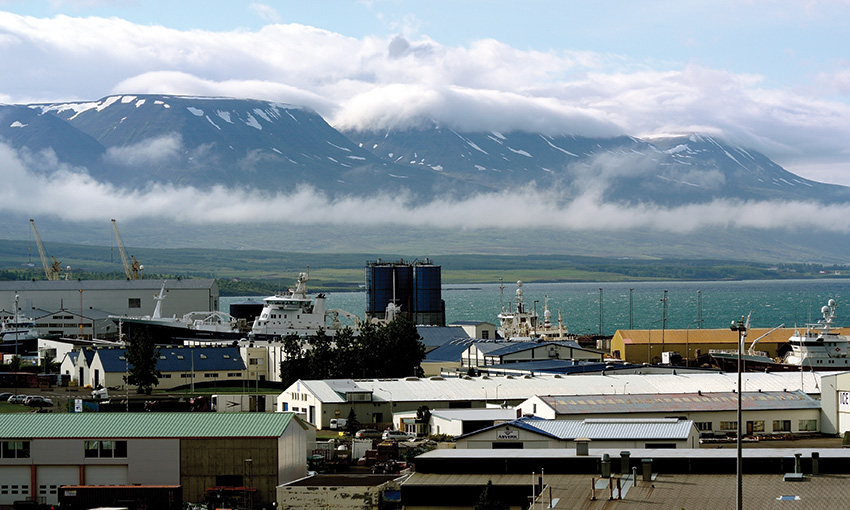WHILE there is evidence that Scottish and Irish monks may have reached the island slightly earlier, the nation of Iceland as we know it today grew from a Viking settlement in the Middle Ages. Fishing has always been vital to the populace. The country even engaged in armed conflicts over its territorial waters with the United Kingdom between the 1950s and 1970s, in what came to be known as the Cod Wars. With a population of approximately 380,000, Iceland is one of the smallest countries to have its own independent currency.
TRADE OVERVIEW
Australia enjoys very friendly relations with Iceland, thanks to the numerous political values and goals shared by the two nations. Diplomatic relations were formally established in 1984. Since that time, the trade between both countries has flourished to the point where Australia is now Iceland’s ninth biggest source of imports and 21st biggest destination for exports.
In the financial year 2022-23, Australia shipped $315 million worth of aluminium ore to Iceland, where it could be smelted more economically and responsibly (in an environmental sense) using their cheap electricity from renewable energy sources.
Meanwhile, travellers from Australia contributed $20 million to Iceland’s tourist industry. A significant portion of those holidays would likely have involved cruises based upon admiring Iceland’s scenic beauty.
It is also worth noting the two-way transfer of various types of scientific equipment, such as medical apparatuses and measuring and analysing devices, between Australia and Iceland.
A new tax treaty designed to streamline and thereby encourage Australian- Icelandic trade came into force in November 2023.
INDUSTRY LANDSCAPE
Iceland’s major seaports include those found at the capital of Reykjavík, at Grundartangi and at Hafnarfjörður.
Grundartangi is one of the main industrial areas. Hafnarfjörður is the third largest city, and is also near to an aluminium smelter. There are many other ports additional to these south-western examples, utilised for various levels of fishing, cruise shipping and handling other kinds of cargo.
Iceland’s seaports are not serviced by any rail lines whatsoever. Smelters tend to be built close to a harbour. Trucks take care of the rest of goods transportation. This seems to echo the country’s high rate of vehicle ownership per capita. Icelanders, it seems, love their cars, but don’t care for trains.
Returning to the trucks, it is common to see one bearing the logo of Icelandic shipping company Eimskip. Founded in 1914, it now operates across Europe, North and South America and Asia. As noted on its official website, “Eimskip is a specialist in the transportation of temperature-controlled cargo, where seafood products play an essential role.” The firm boasts a weekly trans-Atlantic service that covers several ports around Europe and North America, and which it claims is unmatched by competitors.
A weekly ferry service runs between Denmark and Iceland, via the Faroe Islands. Additional ferries operate around Iceland and to smaller isles like Grimsey, famous for its colony of puffins.
MARITIME CHALLENGES
Despite climate change and increased demand for food, Iceland has done a good job of managing its fish stocks up to the present day. However, it is not impossible Volcanic eruptions in Iceland pose a risk to maritime transportation that these same factors could lead to similar conflicts as the Cod Wars, where trawlers found themselves being menaced by gunboats. And, to be fair, foreign fishing vessels straying into Icelandic waters isn’t the only concern. Iceland’s own craft have been venturing further out, leading to two existing sources of dispute – the first regarding herring fishing between Iceland and Norway, the second shrimp fishing being conducted towards the Canadian coast.
On top of this, the nation faces potential serious supply-chain issues if a volcanic eruption or its secondary effects – earthquakes, wildfires, floods, landslides, gas clouds and ashfall – were to knock out a major port or its landside access. This would be even worse if it affected multiple ports, especially in the region of Reykjavík, so central to cargo and tourism and support services. The repercussions of such disasters could be long-lasting, depending on the amount of damage to infrastructure.
This article appeared in the April 2024 edition of DCN Magazine





